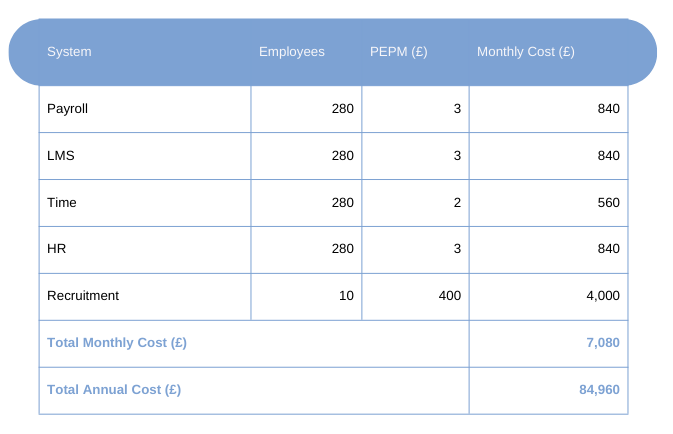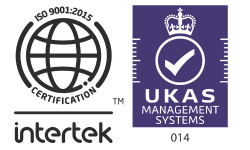The Power of Value: A Real-Life Story
Netflix, the world’s largest streaming service, decided to migrate its entire infrastructure from on-premise servers to Amazon Web Services (AWS). At the time, this was seen as a highly risky and expensive decision, with initial costs significantly higher than continuing to maintain their legacy systems. Critics questioned whether it was worth it.
However, the value-driven approach behind the decision was clear:
Scalability: Netflix needed to handle increasing global demand and expand its reach, which their legacy systems couldn’t support. AWS provided infinite scalability.
Reliability: Outages on on-premise servers disrupted customer experiences. AWS’s distributed architecture minimised downtime.
Data Insights: AWS enabled advanced analytics, allowing Netflix to leverage customer viewing data for personalised recommendations.
The Outcome
The migration took 7 years but enabled massive growth for Netflix, allowing them to go from a US-only service to a global powerhouse with over 230 million subscribers.
By focusing on value, Netflix avoided the limitations of on-premise systems and future-proofed their business. AWS’s advanced capabilities saved Netflix millions in potential downtime costs, infrastructure failures, and inefficiencies.















